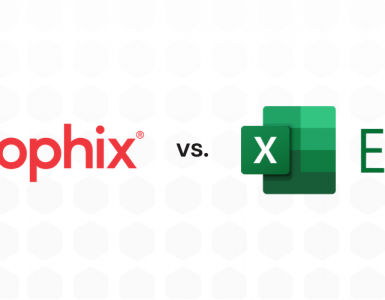 .A glance at the world’s fastest growing ‘start-ups’ provides valuable insights into what makes some companies grow at breath-taking speed. Xiaomi, the Chinese maker of highly specified but cheap smartphones, founded just 5 years ago has a reported market capitalisation of $46 billion. Uber, the developer of a smartphone app that can summon a private taxi with the press of a button, was formed in 2009 and is also worth in excess of $41 billion. And the list of fastest growing start-ups (you can find the Wall Street Journal list here) reads like a “Who’s Who” of all of our favourite apps and websites, for example, Snapchat, Pininterest, Airbnb and Dropbox.
.A glance at the world’s fastest growing ‘start-ups’ provides valuable insights into what makes some companies grow at breath-taking speed. Xiaomi, the Chinese maker of highly specified but cheap smartphones, founded just 5 years ago has a reported market capitalisation of $46 billion. Uber, the developer of a smartphone app that can summon a private taxi with the press of a button, was formed in 2009 and is also worth in excess of $41 billion. And the list of fastest growing start-ups (you can find the Wall Street Journal list here) reads like a “Who’s Who” of all of our favourite apps and websites, for example, Snapchat, Pininterest, Airbnb and Dropbox.
Smart CFOs know that underpinning all of this success are inspiring, imaginative and highly innovative technology-infused business models that break the mould and disrupt competitors. And this is why the pursuit of innovation has become one of the principle tenets of the modern finance function. Every business is becoming a digital business and every industry is susceptible to digital disruption. But take any list of fast growing companies and what you will find is that rapid growth is the province of small to medium sized companies not the market monoliths that ruled the roost twenty or thirty years ago.
Smaller enterprises are less encumbered by legacy technology, rigid and unyielding processes and layers of management that make decision-making cumbersome, slow and unwieldy. Large enterprises (>5,000 employees) tend to have disparate accounting systems and processes, for example, a research study in 2014, (Empowering the modern finance function by Longitude Research on behalf of Accenture and Oracle) showed that 29% of businesses having between two and five different PBF (Planning, Budgeting and Forecasting) systems, 23% having six to ten systems, and a further 20% having 11 or more systems in place. Often an entire finance team gets taken off the table to complete the standard reports around month/quarter/year end. The same survey shows that only 11% of organizations claim to have an up-to-the-minute view of finance data leaving 43% of organizations working with data that is a month or more old.
By comparison, smaller companies have the upper hand. They are more nimble and can quickly take advantage of new developments, changes in market dynamics and competitors. Mid-market firms are more adept at using automation to get access to and analyse data to support business decisions. They do not suffer the functional silos that have grown up over time in large enterprises. And with limited finance resources they have to be more self-reliant and efficient. Another study, (Building an Analytics-Driven Organization: Accenture 2013), makes the point compellingly. It reports that 50% of large companies say that their metrics and KPIs are functionally siloed and do not provide necessary insight, with almost the same percentage of companies saying that the focus of analytics is on gathering and manipulating data rather than generating insights – something that is severely at odds with the modern finance agenda in fast growing mid—sized enterprises.
And while it used to be thought that mid-sized companies were at a disadvantage compared to multinationals when it comes to leveraging technology, this is no longer the case. Mid-sized companies can take advantage of a wealth of financial management applications and for the first time CPM (Corporate Performance Management) solutions such as Prophix uniquely aimed at the mid-market.
The coupling of mid-market solutions with the agility of mid-market companies means that CFOs now have a licence to pursue a modern finance agenda of innovation and process excellence.






